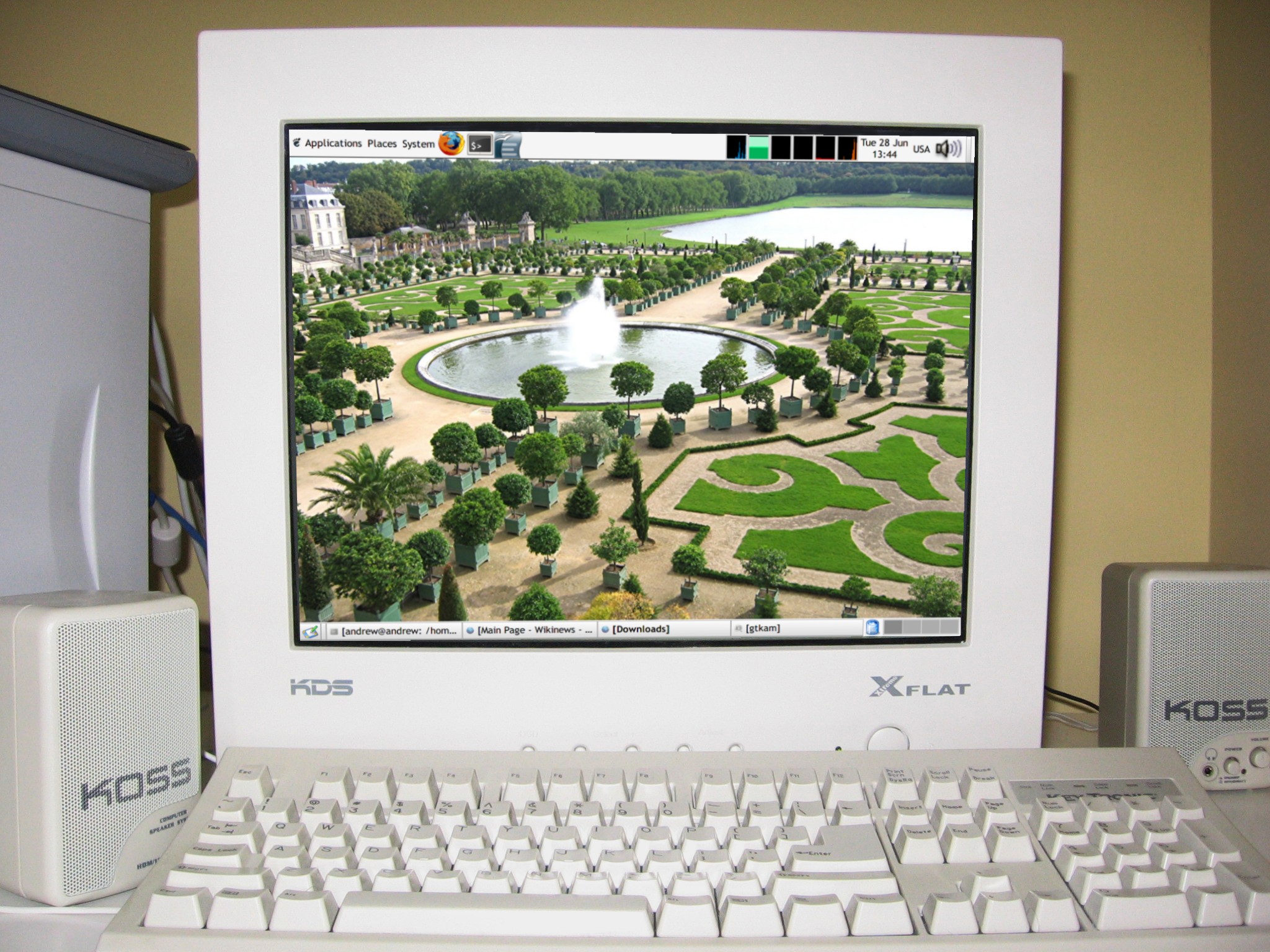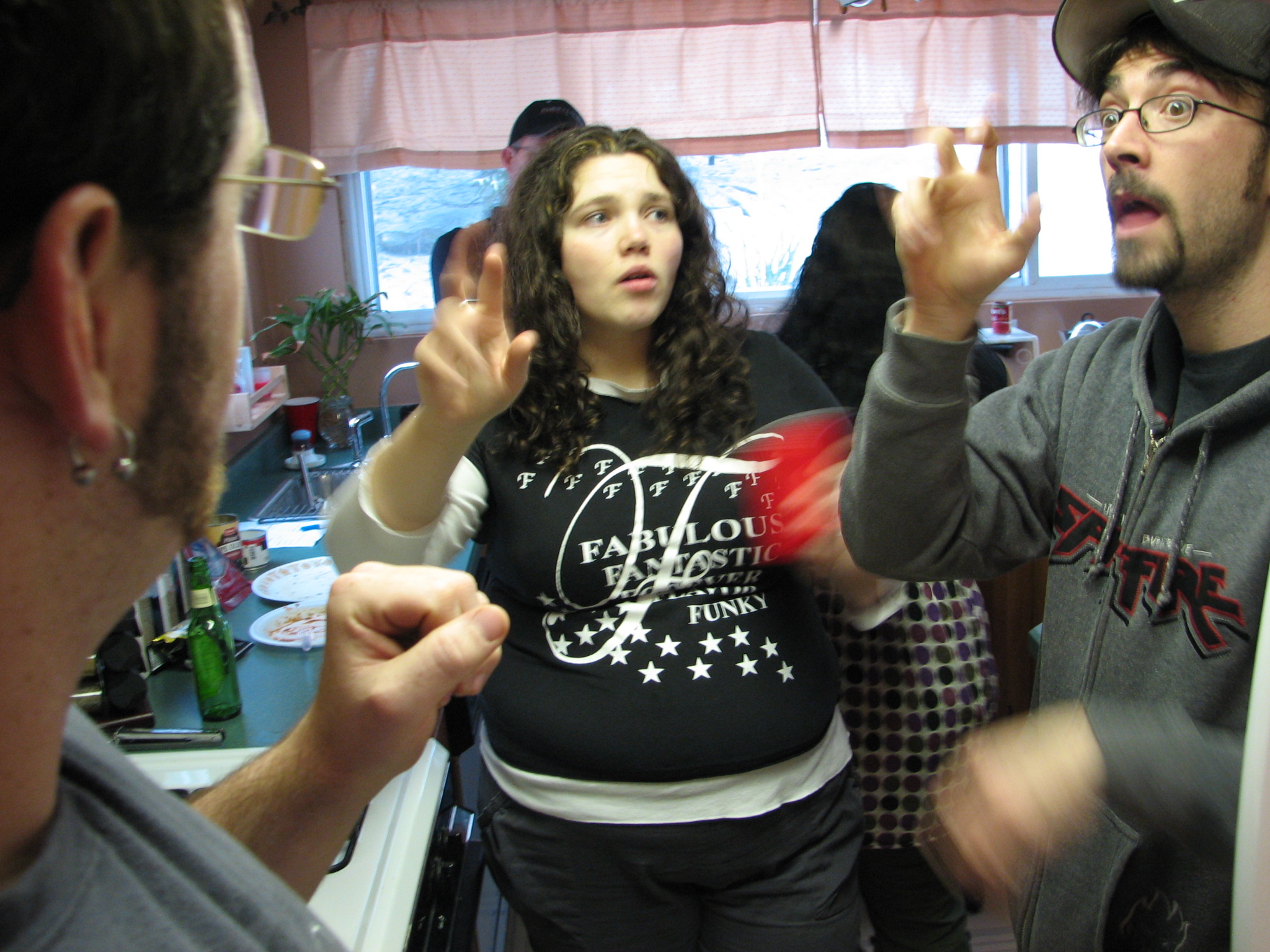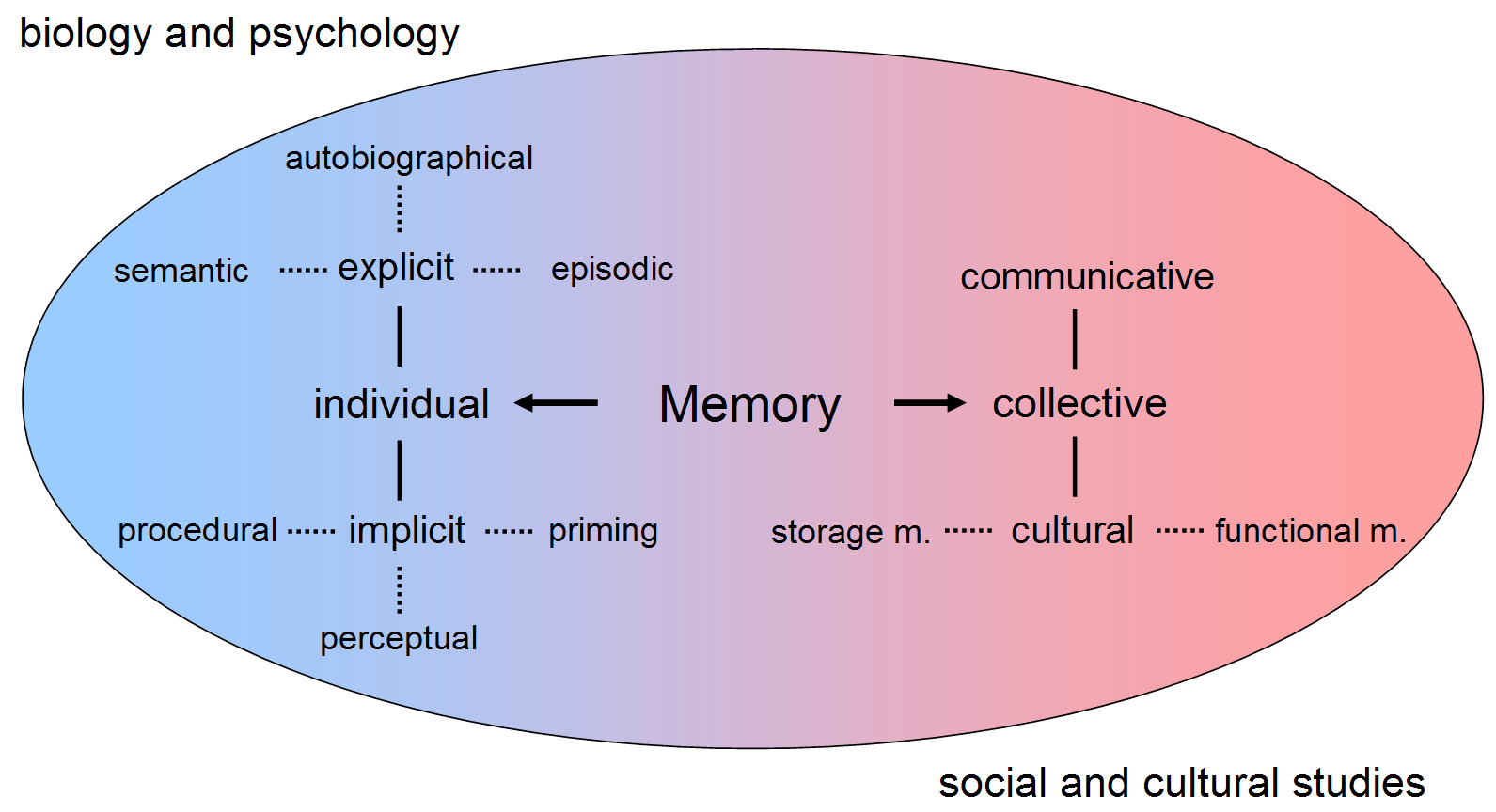|
Situated Cognition
Situated cognition is a theory that posits that knowing is inseparable from doing by arguing that all knowledge is situated in activity bound to social, cultural and physical contexts. Situativity theorists suggest a model of knowledge and learning that requires thinking on the fly rather than the storage and retrieval of conceptual knowledge. In essence, cognition cannot be separated from the context. Instead, knowing exists ''in situ'', inseparable from context, activity, people, culture, and language. Therefore, learning is seen in terms of an individual's increasingly effective performance across situations rather than in terms of an accumulation of knowledge, since what is known is co-determined by the agent and the context. History While situated cognition gained recognition in the field of educational psychology in the late twentieth century,Brown, Collins, & Duguid, 1989 it shares many principles with older fields such as critical theory, anthropology ( Jean Lave & Etie ... [...More Info...] [...Related Items...] OR: [Wikipedia] [Google] [Baidu] [Amazon] |
John Seely Brown
John Seely Brown (born 1940), also known as "JSB", is an American researcher who specializes in organizational studies with a particular bend towards the organizational implications of computer-supported activities. Brown was director of Xerox PARC from 1990 to 2000 and chief scientist at Xerox from 1992 to 2002; during this time the company played a leading role in the development of numerous influential computer technologies. Brown is the co-author of '' The Social Life of Information,'' a 2000 book which analyzes the adoption of information technologies. Early life John Seely Brown was born in 1940 in Utica, New York. Brown graduated from Brown University in 1962 with degrees in physics and mathematics. He received a Ph.D. from the University of Michigan in computer and communication sciences in 1970. Career His research interests include the management of radical innovation, digital culture, ubiquitous computing, autonomous computing and organizational learning. JSB is als ... [...More Info...] [...Related Items...] OR: [Wikipedia] [Google] [Baidu] [Amazon] |
Community Of Practice
A community of practice (CoP) is a group of people who "share a concern or a passion for something they do and learn how to do it better as they interact regularly". The concept was first proposed by cognitive anthropologist Jean Lave and educational theorist Etienne Wenger in their 1991 book ''Situated Learning''. Wenger significantly expanded on this concept in his 1998 book ''Communities of Practice''. A CoP can form around members' shared interests or goals. Through being part of a CoP, the members learn from each other and develop their identities. CoP members can engage with one another in physical settings (for example, in a lunchroom at work, an office, a factory floor), but CoP members are not necessarily co-located. They can form a virtual community of practice (VCoP) where the CoP is primarily located in an online community such as a discussion board, newsgroup, or on a social networking service. Communities of practice have existed for as long as people have ... [...More Info...] [...Related Items...] OR: [Wikipedia] [Google] [Baidu] [Amazon] |
PS Dynamics
P.S. commonly refers to: * Postscript, writing added after the main body of a letter PS, P.S., ps, and other variants may also refer to: Arts, entertainment and media Literature * PS Publishing, based in the UK *''PS Magazine'', a U.S. Army magazine *''Popular Science'', a U.S. magazine * ''PlayStation Magazine'' (other) Music * PS Classics, a record label * ''P.S.'' (album), a compilation album of film music by Goran Bregovic * '' P.S. (A Toad Retrospective)'', a compilation album of music by Toad The Wet Sprocket * "PS", 2003 song by The Books from the album ''The Lemon of Pink'' * "P.S.", 1993 song by James from the album '' Laid'' Stage and screen * ''P.S.'' (film), a 2004 film * ''P.S.'', a 2010 film by Yalkin Tuychiev * ''PS'' (TV series), a German television series * Prompt corner or prompt side, an area of a stage Other media * PlayStation, a video gaming brand owned by Sony *PlayStation (console), a home video game console by Sony * Ponniyin Selvan ... [...More Info...] [...Related Items...] OR: [Wikipedia] [Google] [Baidu] [Amazon] |
Symbol
A symbol is a mark, Sign (semiotics), sign, or word that indicates, signifies, or is understood as representing an idea, physical object, object, or wikt:relationship, relationship. Symbols allow people to go beyond what is known or seen by creating linkages between otherwise different concepts and experiences. All communication is achieved through the use of symbols: for example, a red octagon is a common symbol for "Stop sign, STOP"; on maps, blue lines often represent rivers; and a red rose often symbolizes love and compassion. Numerical digit, Numerals are symbols for numbers; Letter (alphabet), letters of an alphabet may be symbols for certain phonemes; and personal names are symbols representing individuals. The academic study of symbols is called semiotics. In the arts, Artistic symbol, symbolism is the use of a abstract and concrete, concrete element to represent a more abstract idea. In cartography, an organized collection of symbols forms a map layout, legend for a ma ... [...More Info...] [...Related Items...] OR: [Wikipedia] [Google] [Baidu] [Amazon] |
Mental Representation
A mental representation (or cognitive representation), in philosophy of mind, cognitive psychology, neuroscience, and cognitive science, is a hypothetical internal cognitive symbol that represents external reality or its abstractions. Mental representation is the mental imagery of things that are not actually present to the senses. In contemporary philosophy, specifically in fields of metaphysics such as philosophy of mind and ontology, a mental representation is one of the prevailing ways of explaining and describing the nature of ideas and concepts. Mental representations (or mental imagery) enable representing things that have never been experienced as well as things that do not exist. Our brains and mental imageries allow us to imagine things have either never happened or are impossible and do not exist. Although visual imagery is more likely to be recalled, mental imagery may involve representations in any of the sensory modalities, such as hearing, smell, or taste. S ... [...More Info...] [...Related Items...] OR: [Wikipedia] [Google] [Baidu] [Amazon] |
Wave–particle Duality
Wave–particle duality is the concept in quantum mechanics that fundamental entities of the universe, like photons and electrons, exhibit particle or wave (physics), wave properties according to the experimental circumstances. It expresses the inability of the Classical physics, classical concepts such as particle or wave to fully describe the behavior of quantum objects. During the 19th and early 20th centuries, light was found to behave as a wave then later was discovered to have a particle-like behavior, whereas electrons behaved like particles in early experiments then were later discovered to have wave-like behavior. The concept of duality arose to name these seeming contradictions. History Wave-particle duality of light In the late 17th century, Sir Isaac Newton had advocated that light was Corpuscular theory of light, corpuscular (particulate), but Christiaan Huygens took an opposing wave description. While Newton had favored a particle approach, he was the first to at ... [...More Info...] [...Related Items...] OR: [Wikipedia] [Google] [Baidu] [Amazon] |
Human–computer Interaction
Human–computer interaction (HCI) is the process through which people operate and engage with computer systems. Research in HCI covers the design and the use of computer technology, which focuses on the interfaces between people (users) and computers. HCI researchers observe the ways humans interact with computers and design technologies that allow humans to interact with computers in novel ways. These include visual, auditory, and tactile (haptic) feedback systems, which serve as channels for interaction in both traditional interfaces and mobile computing contexts. A device that allows interaction between human being and a computer is known as a "human–computer interface". As a field of research, human–computer interaction is situated at the intersection of computer science, behavioral sciences, design, media studies, and several other fields of study. The term was popularized by Stuart K. Card, Allen Newell, and Thomas P. Moran in their 1983 book, ''The Psychology of Hum ... [...More Info...] [...Related Items...] OR: [Wikipedia] [Google] [Baidu] [Amazon] |
Discourse
Discourse is a generalization of the notion of a conversation to any form of communication. Discourse is a major topic in social theory, with work spanning fields such as sociology, anthropology, continental philosophy, and discourse analysis. Following work by Michel Foucault, these fields view discourse as a system of thought, knowledge, or communication that constructs our world experience. Since control of discourse amounts to control of how the world is perceived, social theory often studies discourse as a window into Power (social and political), power. Within theoretical linguistics, discourse is understood more narrowly as linguistic information exchange and was one of the major motivations for the framework of dynamic semantics. In these expressions, denotations are equated with their ability to update a discourse context. Social theory In the humanities and social sciences, discourse describes a formal way of thinking that can be expressed through language. Discourse i ... [...More Info...] [...Related Items...] OR: [Wikipedia] [Google] [Baidu] [Amazon] |
Language
Language is a structured system of communication that consists of grammar and vocabulary. It is the primary means by which humans convey meaning, both in spoken and signed language, signed forms, and may also be conveyed through writing system, writing. Human language is characterized by its cultural and historical diversity, with significant variations observed between cultures and across time. Human languages possess the properties of Productivity (linguistics), productivity and Displacement (linguistics), displacement, which enable the creation of an infinite number of sentences, and the ability to refer to objects, events, and ideas that are not immediately present in the discourse. The use of human language relies on social convention and is acquired through learning. Estimates of the number of human languages in the world vary between and . Precise estimates depend on an arbitrary distinction (dichotomy) established between languages and dialects. Natural languages are ... [...More Info...] [...Related Items...] OR: [Wikipedia] [Google] [Baidu] [Amazon] |
Learning
Learning is the process of acquiring new understanding, knowledge, behaviors, skills, value (personal and cultural), values, Attitude (psychology), attitudes, and preferences. The ability to learn is possessed by humans, non-human animals, and some machine learning, machines; there is also evidence for some kind of learning in certain plants. Some learning is immediate, induced by a single event (e.g. being burned by a Heat, hot stove), but much skill and knowledge accumulate from repeated experiences. The changes induced by learning often last a lifetime, and it is hard to distinguish learned material that seems to be "lost" from that which cannot be retrieved. Human learning starts at birth (it might even start before) and continues until death as a consequence of ongoing interactions between people and their environment. The nature and processes involved in learning are studied in many established fields (including educational psychology, neuropsychology, experimental psycho ... [...More Info...] [...Related Items...] OR: [Wikipedia] [Google] [Baidu] [Amazon] |
Memory
Memory is the faculty of the mind by which data or information is encoded, stored, and retrieved when needed. It is the retention of information over time for the purpose of influencing future action. If past events could not be remembered, it would be impossible for language, relationships, or personal identity to develop. Memory loss is usually described as forgetfulness or amnesia. Memory is often understood as an informational processing system with explicit and implicit functioning that is made up of a sensory processor, short-term (or working) memory, and long-term memory. This can be related to the neuron. The sensory processor allows information from the outside world to be sensed in the form of chemical and physical stimuli and attended to various levels of focus and intent. Working memory serves as an encoding and retrieval processor. Information in the form of stimuli is encoded in accordance with explicit or implicit functions by the working memory p ... [...More Info...] [...Related Items...] OR: [Wikipedia] [Google] [Baidu] [Amazon] |
Perception
Perception () is the organization, identification, and interpretation of sensory information in order to represent and understand the presented information or environment. All perception involves signals that go through the nervous system, which in turn result from physical or chemical stimulation of the sensory system.Goldstein (2009) pp. 5–7 Vision involves light striking the retina of the eye; smell is mediated by odor molecules; and hearing involves pressure waves. Perception is not only the passive receipt of these signals, but it is also shaped by the recipient's learning, memory, expectation, and attention. Gregory, Richard. "Perception" in Gregory, Zangwill (1987) pp. 598–601. Sensory input is a process that transforms this low-level information to higher-level information (e.g., extracts shapes for object recognition). The following process connects a person's concepts and expectations (or knowledge) with restorative and selective mechanisms, ... [...More Info...] [...Related Items...] OR: [Wikipedia] [Google] [Baidu] [Amazon] |





